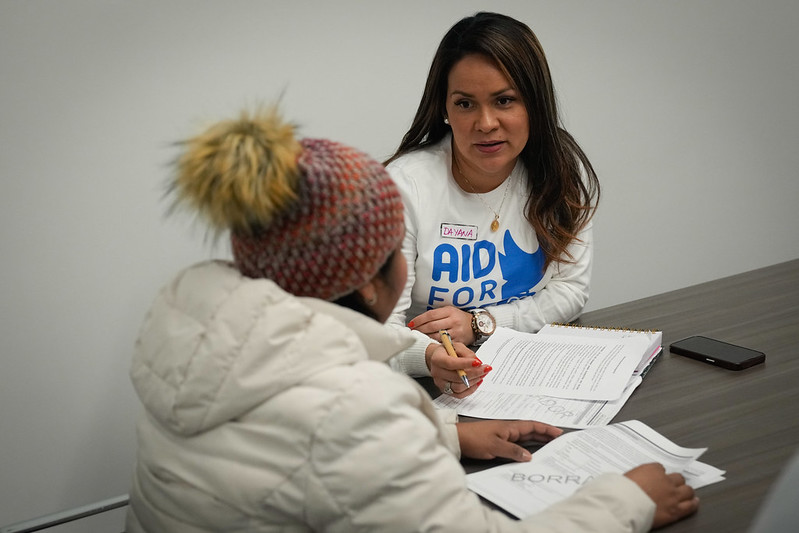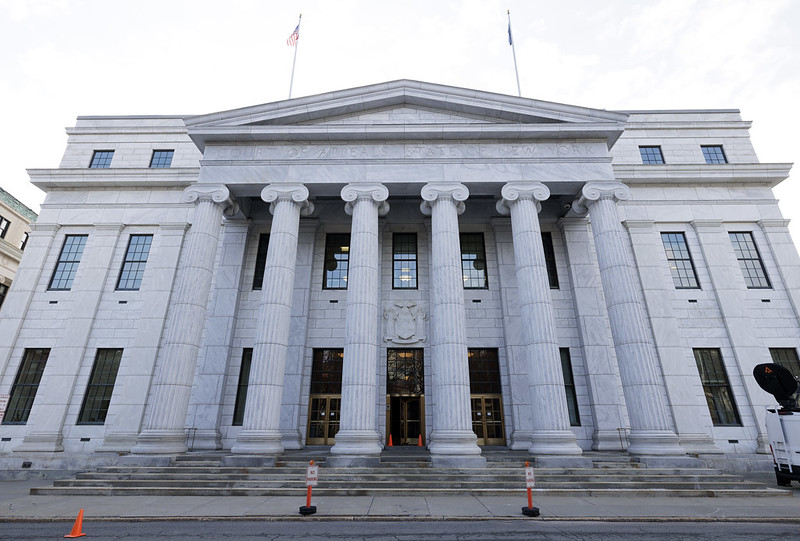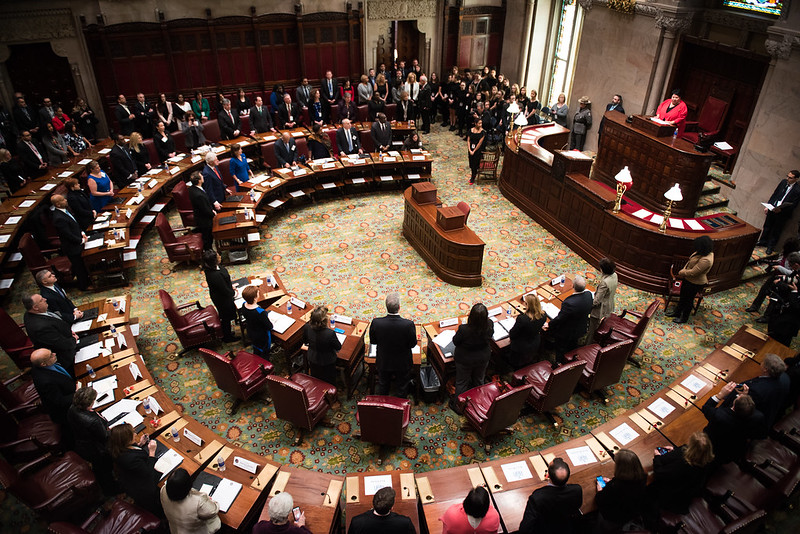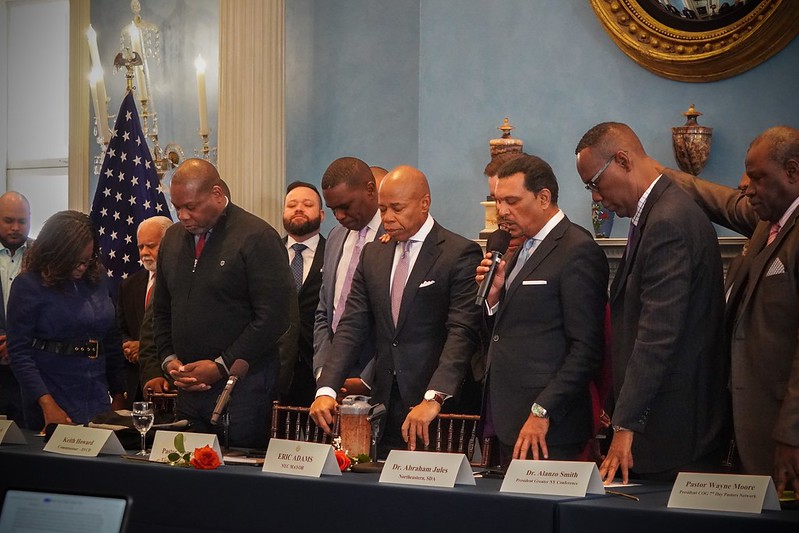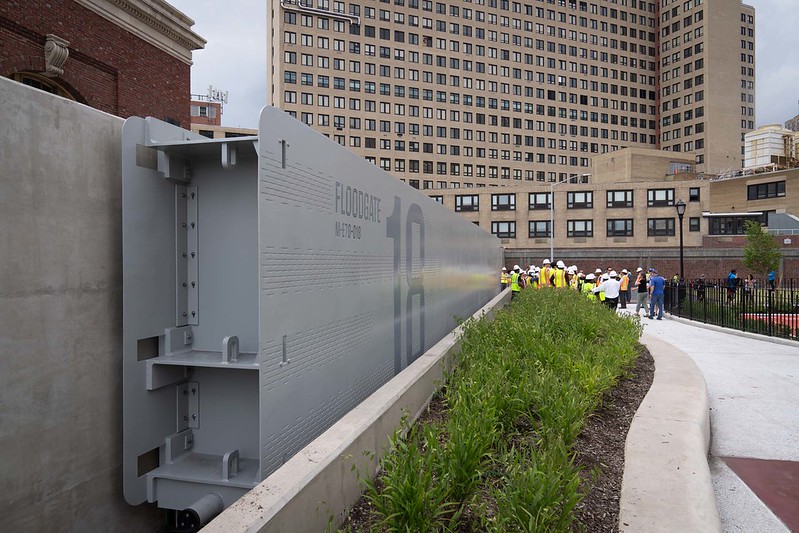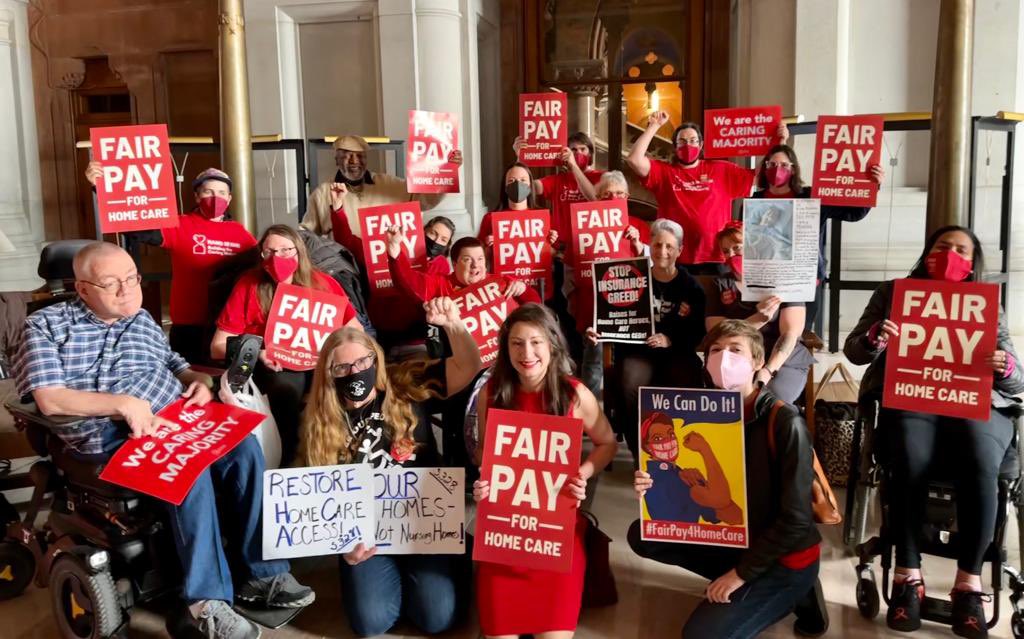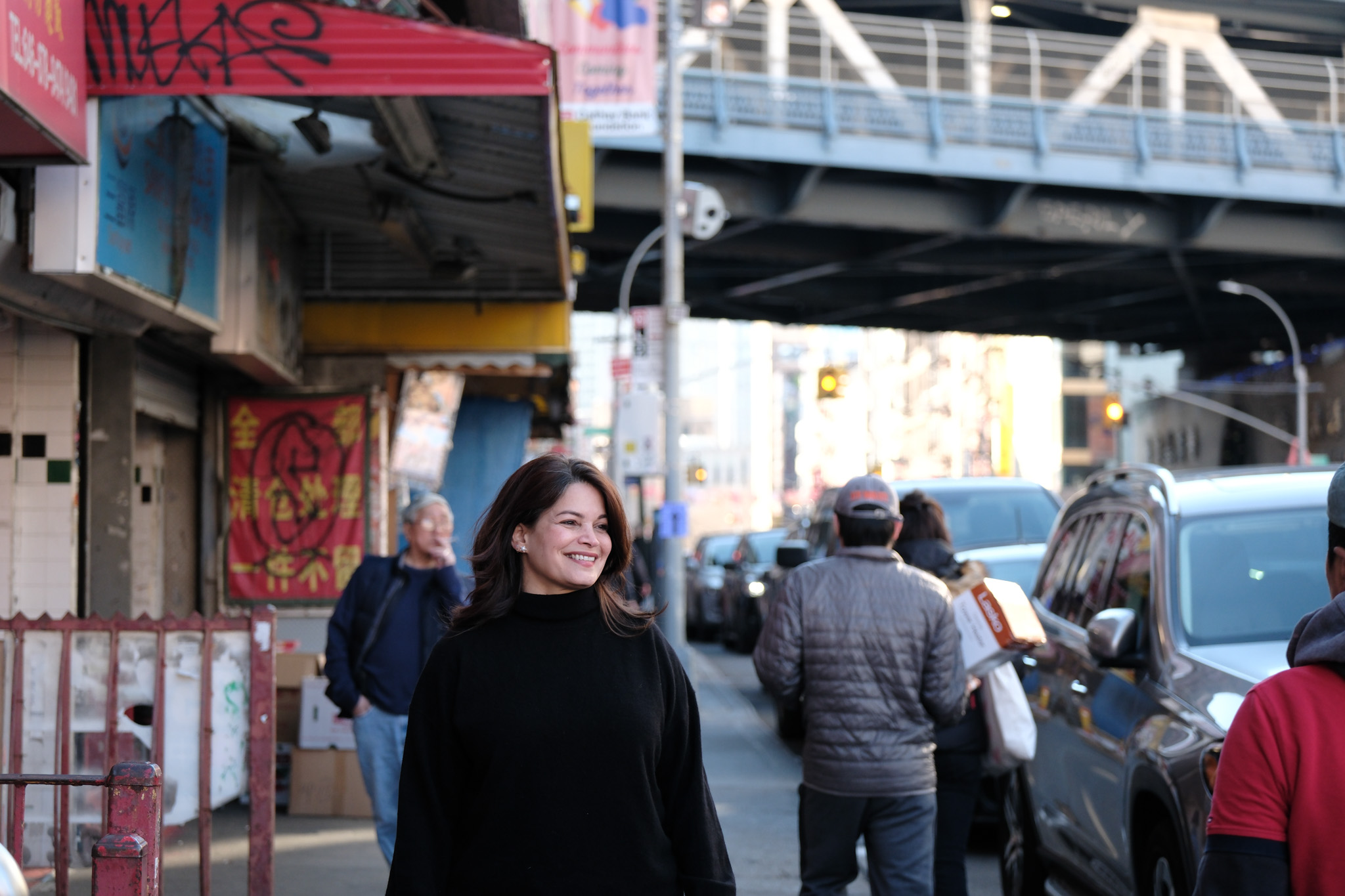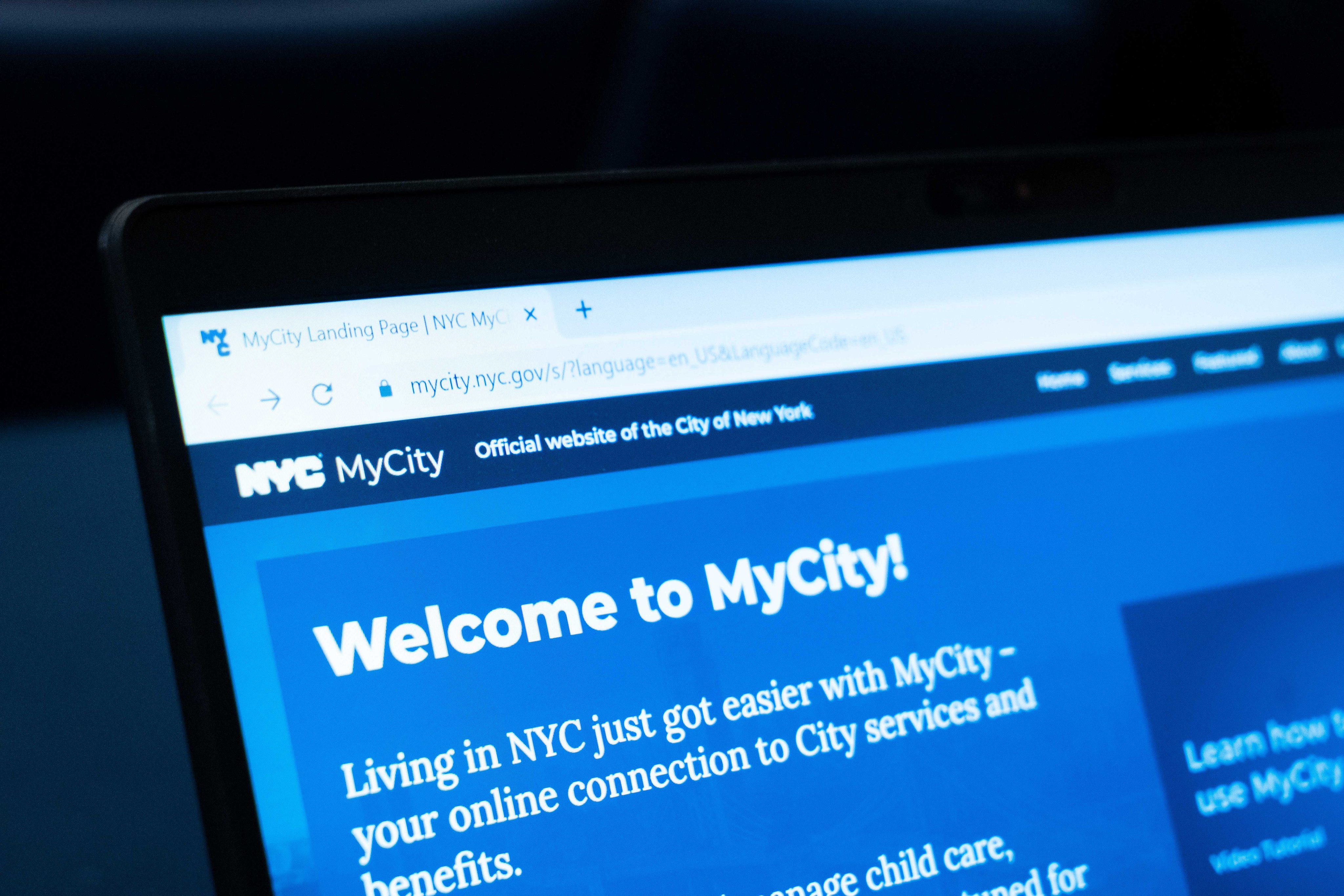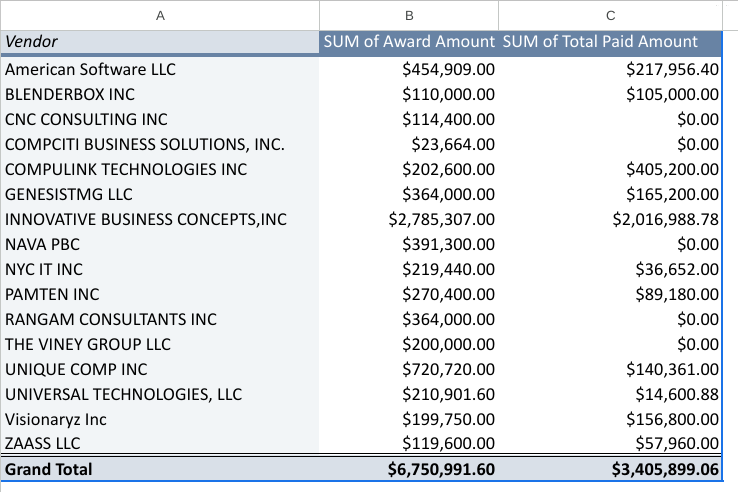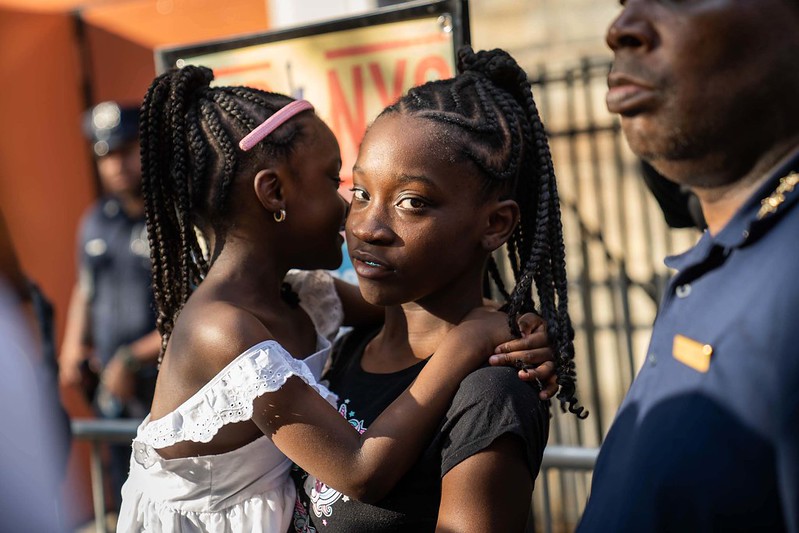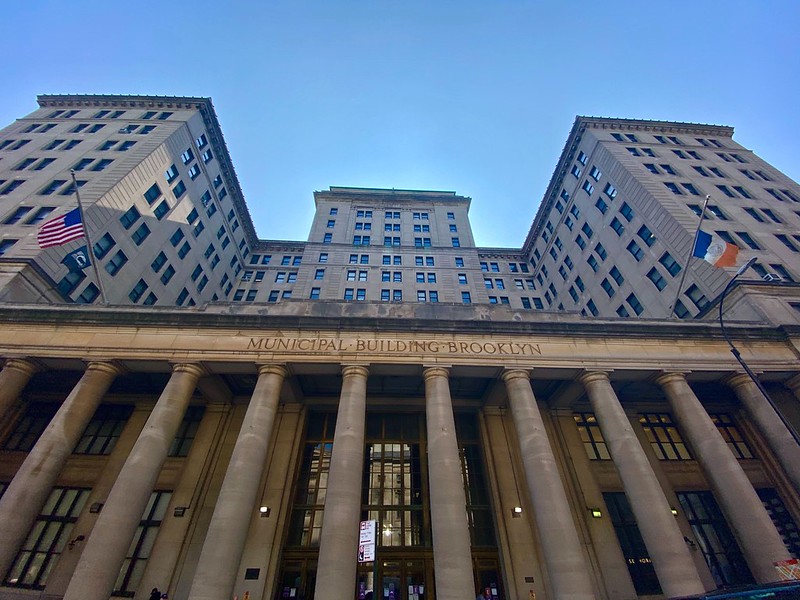
Protecting halls of justice (photo: Michael Appleton/Mayor's Office)
In 2013, a fight broke out among dozens of people near a nightclub in the Bronx where Aaron Cedres worked as a bouncer, and one man was seriously injured. Though he insisted that he had only broken up a separate fight, Cedres was charged with gang assault, a charge that carried up to 25 years in prison if convicted. Prosecutors told Cedres’ public defender that surveillance footage of the fight looked bad and offered him a plea deal for five years in prison. He maintained his innocence and urged his attorney to acquire the footage.
Cedres’s attorney requested the footage from the District Attorney but they delayed and delayed, taking months to turn over security footage that ultimately disproved the allegations against him. Discovery laws — laws pertaining to the disclosure of evidence — were in the prosecutors’ favor; they were not required to turn over the video footage until they were ready for trial. They used the law to their advantage to try to pressure Cedres into taking a plea deal without seeing the evidence against him, or risk going to trial where he faced a greater prison sentence.
After more than a year, his case was dismissed, but the charges had already cost him his job, his car, and his apartment. Cedres won his case, but lost everything else due to New York’s antiquated discovery laws.
In 2019, in an effort to address this and similar injustices, New York overhauled its discovery laws, falling in line with 47 other states that require full and timely discovery. Yet, alongside New York prosecutors, Governor Hochul is now trying to undo this progress in ongoing closed-door budget negotiations. They would revert the state’s evidence-sharing practices back to the same era that upended the life of Aaron Cedres and so many others.
For decades, prosecutors and police were allowed to withhold evidence from people accused of crimes and their attorneys until the eve of trial, effectively “blindfolding” them.
This unjust system denied people access to crucial information, such as police reports and witness statements, keeping them and their attorneys in the dark — unable to investigate, prepare a defense, or make an informed decision about whether to accept a plea offer. Even when discovery contradicted the prosecutor’s allegations, cast doubt on a person’s guilt, or exposed untruthful testimony by police or other witnesses, prosecutors routinely got away with withholding this vital information.
The consequences of the “Blindfold Law” were delayed trials, less effective defense representation, coerced guilty pleas, and one of the highest rates of wrongful convictions in the nation.
In 2019, the State Legislature enacted a fair discovery statute, which required prosecutors to turn over evidence in a timely and meaningful way, avoiding delays and allowing defense attorneys to adequately prepare for trial.
Now, Governor Hochul and some New York District Attorneys are pushing to gut these transformative discovery laws.
Their proposed legislative changes would shift the burden of identifying discoverable evidence to the defense. This is a practical impossibility as only prosecutors are in a position to know what evidence police have collected in an investigation. If enacted, the change would effectively destroy the 2019 legislation, striking a major blow to transparency and the need to hold prosecutors and police accountable.
This last-minute proposal comes as a shock. Governor Hochul did not seek any changes to the discovery law in her initial budget proposal. And in February, the District Attorneys Association testified that prosecutors need more money to implement the law, but did not call for legislative changes.
One thing is clear: prosecutors and defenders acknowledge that for the discovery system to function as intended, more resources are needed for both sides. In 2022, we all met with Governor Hochul’s office to discuss solutions to a growing backlog of cases caused by the pandemic, and we agreed that more funding was needed for staffing and technology to collect, store, share, and review digital evidence.
Police and prosecutors also must agree to a uniform digital transfer system so that DAs aren’t gathering the evidence piece by piece from individual officers, delaying discovery. The refusal or inability to share files between police and prosecutors is no reason to overturn the law.
Despite our agreed-upon solution, prosecutors have suddenly pointed to a supposed increase in dismissals, citing their inability to comply with discovery as the primary cause. This is untrue. The current law has many “safety-valves” when DAs cannot fully comply with the law: DAs simply need to show that they started requesting the information early and that they did so more than once. Worth noting: their data is incomplete because the reasons for dismissals weren’t accurately tracked until the spring of 2022. It is also clear that the lengthy pandemic affected case outcomes, resulting in dismissals as a way to reduce the backlogs.
Fulfilling the promise of a fairer criminal legal system requires firm commitment to the 2019 landmark law — not a retreat from it that will absolve prosecutors of their obligations and have devastating consequences for people awaiting trial. We urge state legislators to resist the governor’s and prosecutors’ attempt to weaken our discovery laws. Justice depends on it.
***
Yung-Mi Lee is President of the New York State Association of Criminal Defense Lawyers. Mark Funk is President of the Chief Defenders Association of New York. On Twitter @NYSACDL & @chiefdefendsNY.
***
Have an op-ed idea or submission for Gotham Gazette? Email This email address is being protected from spambots. You need JavaScript enabled to view it.
